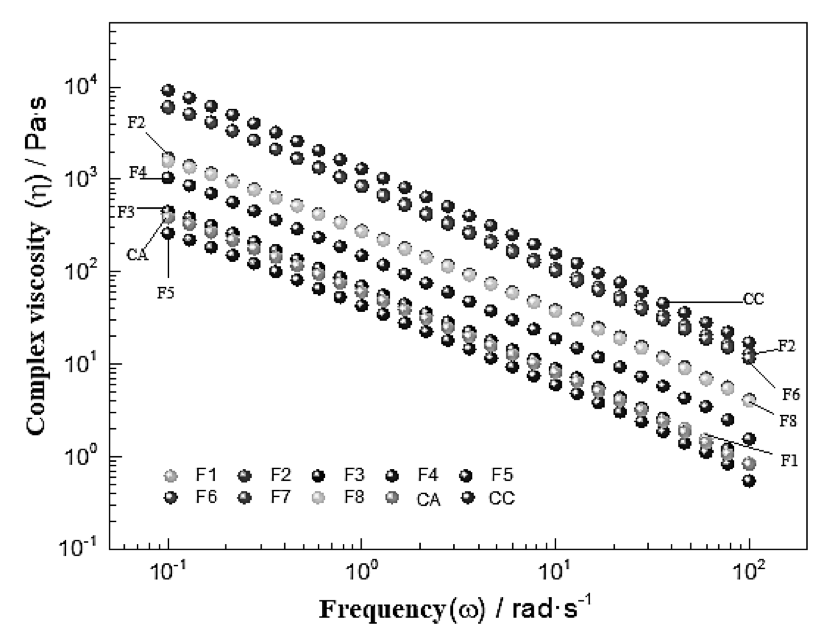 |
|
Sesame is produced in large quantities, being rich in protein so it could offer multiple alternatives for use in industry. Therefore, in this work were studied the obtaining and characterisation of protein isolation of sesame (Sesamum indicum) for the rheological standardisation of a mixed product of protein/polysaccharide gel type with the incorporation of food hydrocolloids. Sesame seeds were ground to obtain oil and flour rich in proteins; the last one was subjected to a solubilization process, separating the flour paste by centrifugation, to determine through a bromatological analysis its chemical composition. Later, the concentration by isoelectric precipitation was made adjusting the pH (4-5), using a factorial design of 23 and three control samples for the elaboration of gums-gel, with xanthan gum and carrageenan. It was found an isolated protein with a concentration of 80.27% of proteins. Regarding formulations that had higher viscosity values were those that contained lower protein content and higher content of gums. As far as dynamic viscoelastic tests are concerned, the different formulations of the product have an elastic rather than viscous behaviour and thus behaves like a gel-like product.
Keywords: Sesame flour, protein isolate, gums-gel, bromatological analysis, rheological standardization.
|
|
 |

